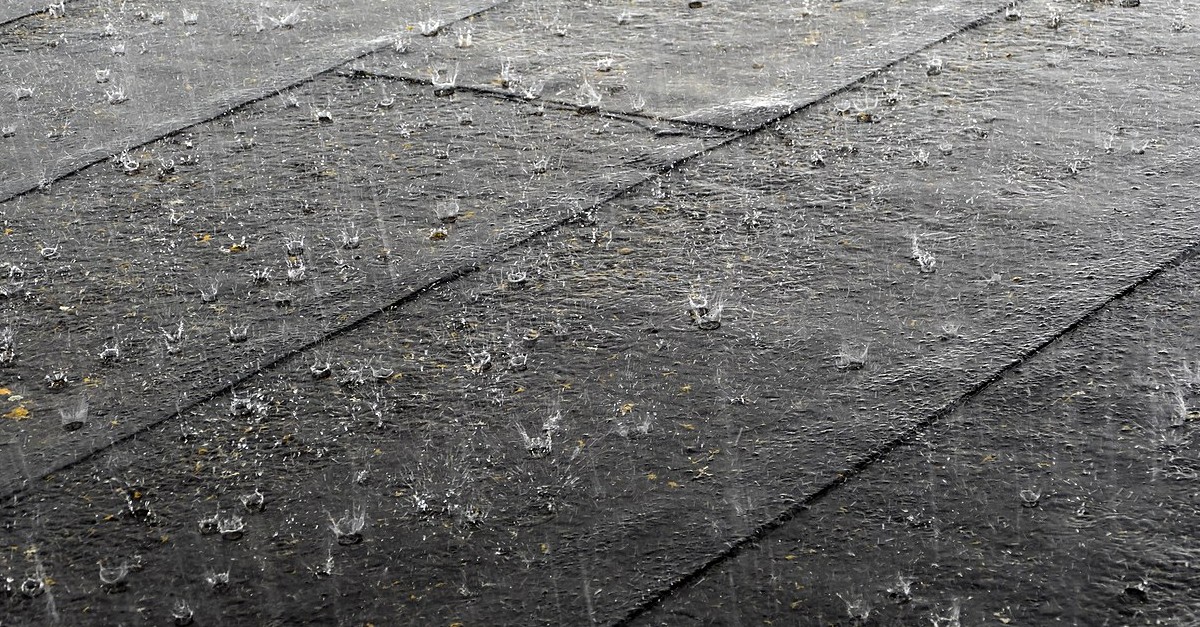I’m a runner. There’s nothing I love more than a brisk jog in the early morning with a cool wind at my back. Unfortunately, Mother Nature is rarely so accommodating. In fact, I can remember one instance some years back where things got particularly hairy.
At the time I was part of a training team. We would meet early on weekends and run together as a way of preparing for big races. On this morning however, the sky opened up and a deluge of hard, angry rain began to fall. Thinking we were going to postpone the session; I asked our squad leader what we should do. He simply replied,
“We run in the rain.”
Now, I was uncomfortable at first. Years of hiding under umbrellas had conditioned me to hate the rain. But once I let go and embraced the new adventure, I discovered getting wet wasn’t that bad. It was actually pretty fun, and there was something truly cathartic about running in the rain. The experience made me realize how dependent I’d become on comfort and safety. Somewhere along the way, I’d lost my daring, and my incentive to step outside the box. It’s a familiar problem we educators can face in the classroom as well.
Motivation and Flexible Teaching
Our students crave authentic learning experiences, yet we tether ourselves to fixed curriculum and inflexible classroom routines. Textbooks, gradebooks, schedules, testing, observation checklists, parent expectations…these can all be umbrellas in the classroom. Sure, they provide a level of comfort and stability, but are they also holding you back from experiencing learning in as riveting a way as experiencing rain on your face?
A good teacher knows when to mix things up. Structure is an invaluable tool in the classroom, but sometimes it pays to add a little spontaneity to your lesson. Not only does this provide students with a new experience, it also helps foster their curiosity, creativity, and critical-thinking skills. Here are just a few ways you can bring this about:
- Move Students Around: An easy way to mix things up is to simply move your students around. Most classrooms have assigned seating, and when they don’t, students tend to gravitate towards their friends. Begin the day by drawing names from a hat and giving everyone new seats (just for that day). Not only will this provide your class with a small change, but it will also give students the chance to meet a classmate they normally don’t talk to. Sometimes all that’s needed is a change of perspective.
- Feedback over Grades: Record grades when you must, but never let them replace honest and constructive feedback. A “0” grade only tells a student that they failed. It does not tell them why they failed or what they can do to improve. Take a moment to sit down with your students and offer detailed advice. Is there a particular concept they’re having trouble with? Do they need to spend more time developing their vocabulary? These are the type of questions we need to ask.
- Project-Based Learning: There’s an old proverb, “Tell me, and I’ll forget. Show me, and I’ll understand.” Project-based learning is a terrific way to incorporate knowledge into an effective, engaging lesson plan. Having students perform hands-on activities, while applying the math and science principles they’ve learned, ensures they not only remember the information but understand its practical application. Create your own lesson or check out Blue Apple for custom-made projects your students are sure to love.
- Change Up the Schedule: Schools tend to run on a ridged timetable; 9am is for math, at 10am you learn social studies, science at 1pm, etc. Change up the schedule for the day and give your students time to examine the material with fresh brains. Who knows? It may be that the reason they struggled with math was because it was early, and they were tired. Plus, the simple act of performing a familiar action at a different time can shake someone out of stagnation.
- An Unexpected Visitor: There’s nothing like a surprise guest to liven things up! If your class is covering a unit on the environment, astonish them with a visit from a park ranger or a marine biologist. Is the lesson on math? Bring in a professional banker to discuss how a mathematics degree can lead to a successful career. Social studies? Bring a visitor from another country and have them speak on their history and culture. One should never underestimate the influence of the unexpected.
Step Out and Run
I’m not throwing out my umbrella any time soon, and you shouldn’t throw out your teaching structures, but we should never allow ourselves to become too content with the comfort and safety they provide. Let’s avoid regret in our classrooms. Use the textbook for guidance but see if you can’t open up the problems to make them more experiential. And the next time you have the chance, why not take a spin in the rain? Who knows what you may discover!
What about you? How do you bring new experiences and ideas into your classroom? Feel free to share your strategies in the comments below!
*Content for this blog was drawn from the writings of Terra Tarango.
*Image Courtesy of Wikimedia Commons.


